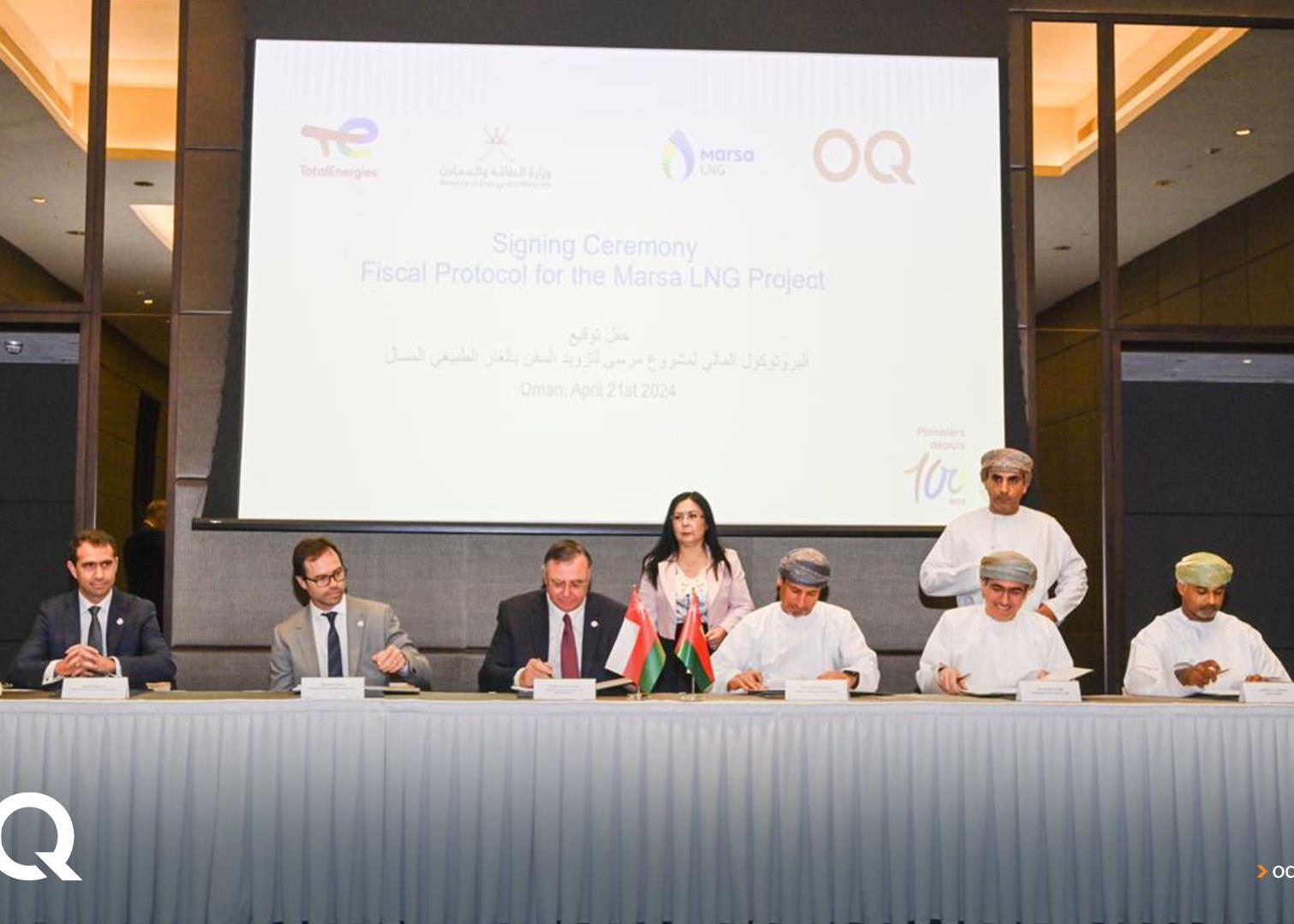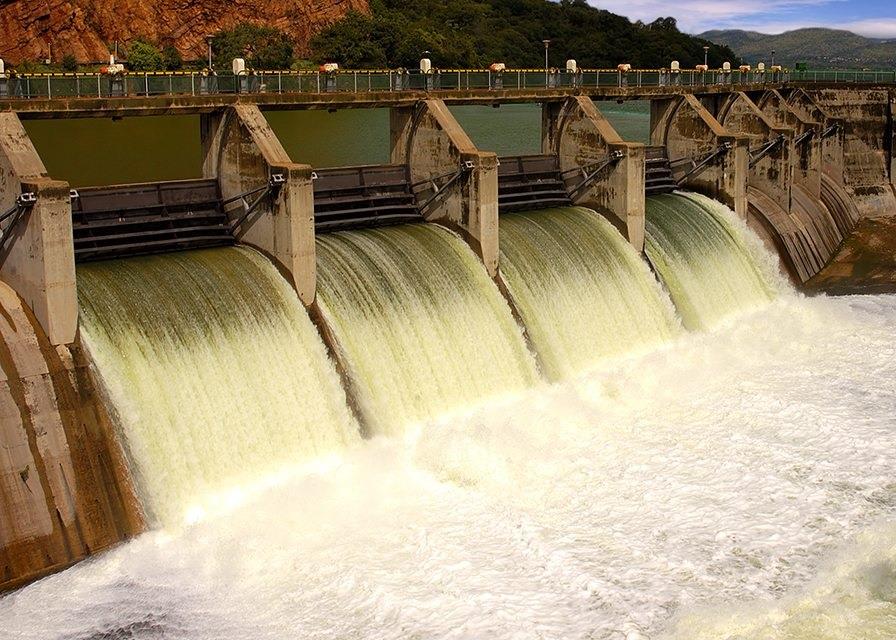
'The limits of this important temple are now precisely known, and future excavators can now probe all of the temple remains,' says Robert Kachinsky, a senior consultant with CDM. 'This is an outstanding example of what can be accomplished by close collaboration of all interested parties.' CDM has been working since the late 1970s as part of a US/UK team on the $2,000 Greater Cairo Wastewater Project, which has involved close co-operation with the Supreme Council of Antiquities (MEED 27:10:00).
The Luxor project is part of the 11-year, $325 million Secondary Cities Project, funded by the US Agency for International Development (USAID), which involves upgrading water and wastewater services for some 650,000 residents in Luxor, Mansoura, Muweiba, Kom Ombo, Darawo and Nasr City on behalf of the National Organisation for Potable Water & Sanitary Drainage.
Akhenaton, who was responsible for making the worship of the sun god the single official religion of ancient Egypt, built the temple in 1313 BC. The temple site was lost after later pharaohs looted the site for stone to build the nearby Karnak Temple.
You might also like...

Ajban financial close expected by third quarter
23 April 2024

TotalEnergies awards Marsa LNG contracts
23 April 2024

Neom tenders Oxagon health centre contract
23 April 2024

Neom hydro project moves to prequalification
23 April 2024
A MEED Subscription...
Subscribe or upgrade your current MEED.com package to support your strategic planning with the MENA region’s best source of business information. Proceed to our online shop below to find out more about the features in each package.




